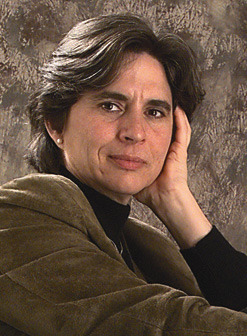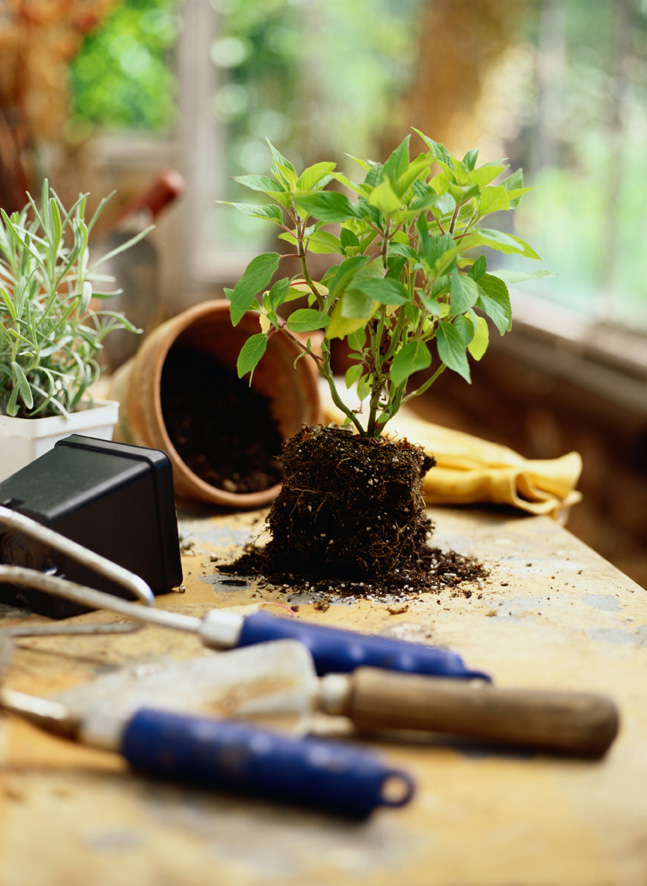When you first move into your new home, it is likely you will have a list of items you must change right away, to fit your design and practical needs. As far as your landscaping goes, I recommend that you maintain what you have for at least one full year—the entire growing cycle of everything in your lot. This way you may avoid chopper/whacker/digger remorse: “Oh, I wish I’d known that was a flowering syringa (lilac) and not just a weedy-stick-y looking thing.” Additionally, if you begin planting right away, you won’t really know your micro-areas and could well be pulling dead, stick-like plants, shrubs, trees which you only recently purchased. It takes a bit of self-control to avoid that initial “clean-up” and planting frenzy, but you may thank yourself eternally if you can hold off.
During that first year of restraint, watch the pattern of the sun across your lot/land, learn the irrigation system or lack thereof, note shady, sunny, dry, wet, windy, catbox, and understory areas. Note the neighbors’ yards, and see what works and doesn’t, and what you like and don’t. If you are so inclined, keep a gardener’s notebook with your observations.. Decide what you want your lot to be, and what fits into your lifestyle. Whether you are a retired, full-time master gardener, or an organic gardener, or you “just wanna bbq and kick-back”, there are landscapes to fit your ideal. Developing a plan for all of your “yard-rooms”, as 20th century British gardener Gertrude Jekyll named the various areas of the yard, is a comprehensive approach. Where do the kids play? Where are the garbage/recycle bins stashed?
Think about traffic patterns—where do you want paths, seating areas, and garden beds. Also consider “hardscape”: walls, fences, garden structures, screening from neighbors, and parking areas.
A well-planned landscape enhances the value of your home and lets you extend the walls of your home from lot line to lot line.
 Patricia Allene Atkins is a Certified Residential Specialist (CRS) with a passion for plants in Eugene, Oregon.
Patricia Allene Atkins is a Certified Residential Specialist (CRS) with a passion for plants in Eugene, Oregon.
 Facebook
Facebook
 X
X
 Pinterest
Pinterest
 Copy Link
Copy Link



